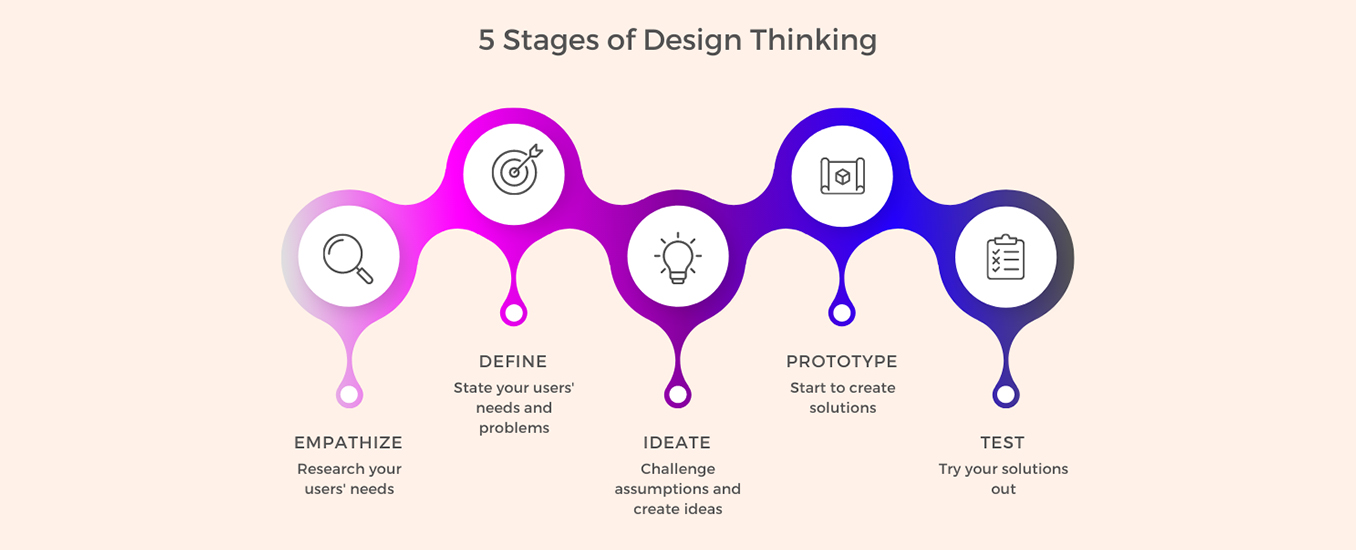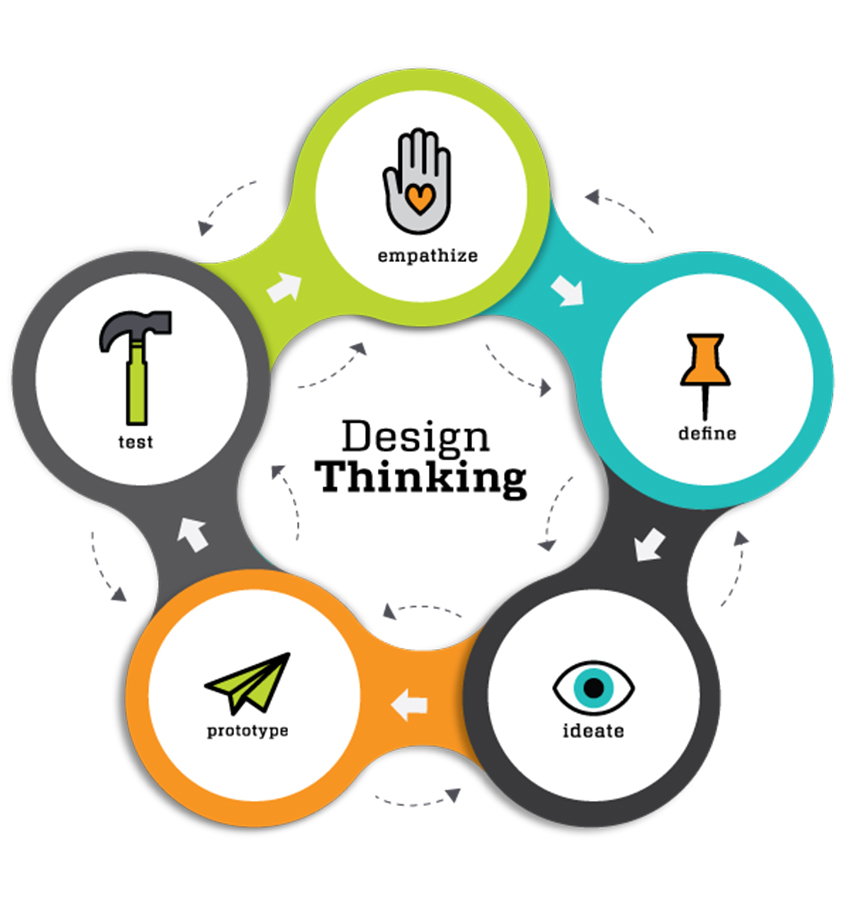
Design thinking is an invaluable tool for any business. The importance of prototyping in design thinking – why is it good for your business? this blog may help you answering these questions. It’s a creative process that encourages problem-solving and then innovation, providing a framework to help guide decisions. And one of the most important aspects of design thinking is prototyping. Prototyping allows you to test ideas quickly and cost-effectively, helping you to refine the concept and ultimately create better products or services. In this blog post, we’ll explore why prototyping is essential in design thinking. How it can help your business succeed.
What is prototyping?
Prototyping is an important step in the design thinking process. It allows you to test your ideas and get feedback from users. Prototyping can help you make better products and then improve your business. Prototype design can be simple or complex, depending on what you want to test. You can use paper prototypes to test user interfaces, or you can use code to create working prototypes of websites or apps.
Prototyping is a great way to get feedback from users early in the design process. It can help you validate your ideas and make sure that you’re on the right track. Creating prototypes can also help you save time and money in the long run. By testing your ideas early on, you can avoid costly mistakes later in the development process with the help of a design thinking prototype.
Overall, a design thinking prototype is a valuable tool for any designer or product development team. It allows you to validate your ideas, get feedback from users, and save time and money in the long run.
What are the benefits of prototyping?
When it comes to design thinking, prototyping is an essential tool for helping you to think outside the box, explore new ideas and iterate on existing ones. But what are the specific benefits of prototyping?
- Helps you to think creatively: Prototyping forces you to think creatively, as you need to come up with new ways to solve problems and test out hypotheses. This can help break down barriers that prevent you from thinking outside the box.
- Encourages exploration: By its very nature, prototyping encourages exploration. You can try out different ideas and see which ones work best, without being tied down by the need to create a perfect solution from the outset.
- Facilitates collaboration: Prototyping is a great way to get team members involved in the design process. By working together on prototypes, team members can share their ideas and feedback more easily, leading to better results.
- Helps you learn from your mistakes: Thanks to its exploratory nature, prototyping allows you to make mistakes and learn from them quickly and cheaply. This is a valuable experience that can be applied to future projects.
- Saves time and money: By avoiding the need for lengthy planning processes and expensive production costs, prototyping can save time and money in the long run. This makes it an ideal solution for businesses of all sizes
How to prototype effectively
A prototype is an early sample, model, or release of a product built to test a concept or process. Prototyping is an important part of the design thinking process. Because it allows designers and businesses to test ideas before investing time and resources into developing a final product.
There are many different ways to prototype design, and the best approach depends on the type of product or service being designed. For example, if you’re designing a new website, you might create a wireframe or mockup to get feedback on the overall layout and user experience. If you’re designing a new app, you might create a clickable prototype that people can test out.
No matter what type of prototype you create, there are a few key things to keep in mind to make sure it’s effective:
-
Keep it simple:
The goal of a prototype design is to test an idea, not to create a finished product. So don’t get too bogged down in details – focus on the big picture.
-
Get feedback early and often:
A prototype is only as good as the feedback it generates. Show your prototype to as many people as possible – friends, family, co-workers, strangers – and get their thoughts on what works and what doesn’t.
-
Be prepared to iterate:
A design thinking prototype is never perfect on the first try. Be prepared to make changes based on feedback and keep testing until you
Conclusion
Prototyping is an essential part of the design thinking process. In addition it’s beneficial for businesses that are looking to create innovative products or services. By using prototyping to explore different ideas, you can quickly identify potential problems and opportunities before investing significant resources in a project. Furthermore, it helps you build empathy with users by allowing them to get involved in the creative process. Prototyping also allows businesses to iterate quickly and respond swiftly to customer feedback. It can stay ahead of their competition – making it an invaluable tool for any business looking to take its product development processes up a notch.



